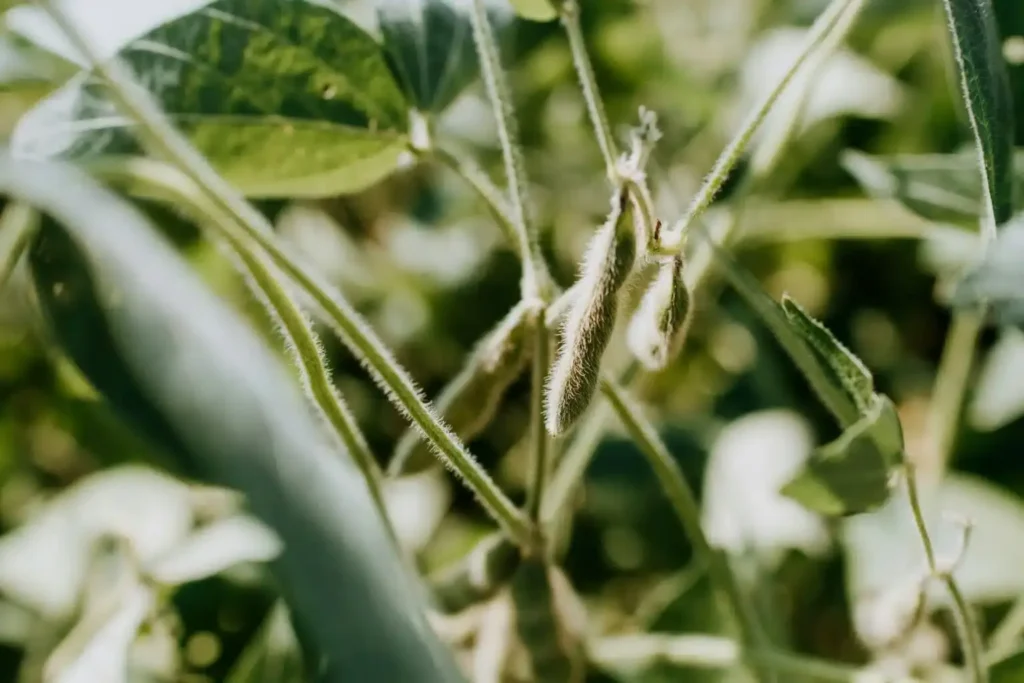If you want to increase your pods and bushels next year, start by increasing the seed germination and emergence rates. Your future yields are most vulnerable right after planting – a well rounded seed treatment could help your crops survive the spring.
While you may not need a seed treatment, there are some conditions that increase the risk of early seed death. Here are 5 signs you should prioritize a soybean seed treatment.
#1: If you’re planting early
Planning on planting early to get an extra harvest in? Early planting increases your odds of wet and cold soil, ideal for seedborne and soilborne pathogens.
Consider a fungicide or an additive. Fungicides protect your seeds from pathogens and additives can help seeds survive abiotic stress.
#2: If you have to plant into cold or wet conditions
As mentioned above, cold and wet soil creates the likelihood of dangerous conditions for seeds. Even if you aren’t planting early, sometimes winter conditions last well into spring.
Fungicides and additives can help your seeds survive without delaying your planting dates.
#3: If you’re planting a lower seeding rate
Everything is more expensive with inflation – seeds included. If you’re tempted to plant at a lower seeding rate to increase your return on investment you need to make every seed count.
Invest in healthy soil with an active microbiome. Consider a seed treatment to feed microbes in the spermosphere or a carbon rich microbial food to improve emergence, vigor and stand.
#4: If you’re planting in fields after pasture or grassland
If you’re using a field that was pasture or grassland in the last year, your seeds will need an extra layer of protection against threats. It’s hard to know what could be lurking in your fields without the previous year’s planting history.
Consider an insecticide or fungicide to keep pests and diseases at bay.
#5: If you have unhealthy or poor soil
Have you noticed your soil has issues draining? Are there high salinity levels? Did seeds last year struggle to emerge? If so, you may have a soil health issue (like soil compaction) and your seeds will need extra support for a healthy return.
While improving soil health can be a complex problem, supporting your soil microbiome is an easy place to start. 75% of microbes are dormant or starving, leaving them inactive.
Feed microbes a carbon-rich microbial food, like PhycoTerra®, so they can get to work improving soil health and assisting your crops.
Plan, Don’t Wait and See(d)
Fungicides, insecticides, nematicides, biologicals and additives either protect seeds from worst-case scenarios, or help them prosper in less than ideal planting conditions. If you want to invest in your seed’s success, start with a solution in mind. Then, work with a trusted crop adviser, to come up with a planting plan.
These aren’t the only conditions that call for a comprehensive seed treatment plan. Learn about the 6 other signs your soybeans need a seed treatment.









